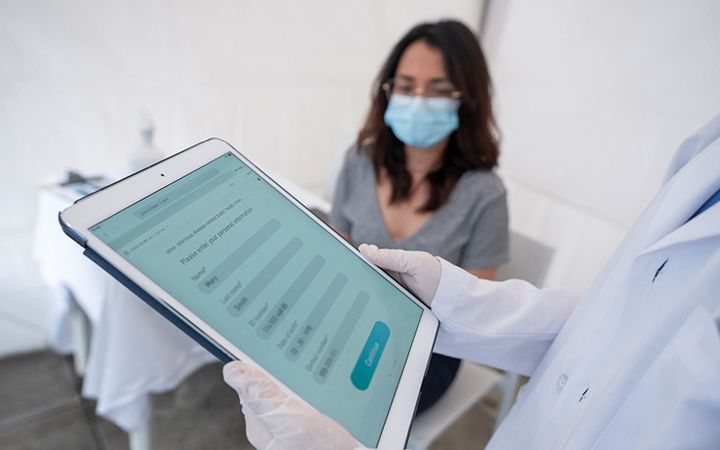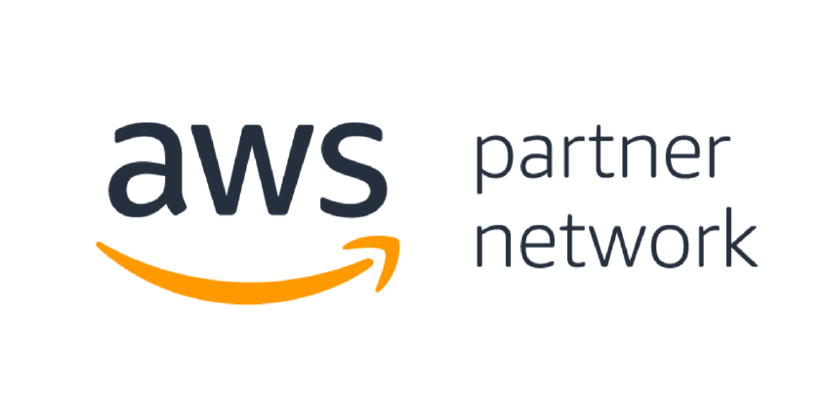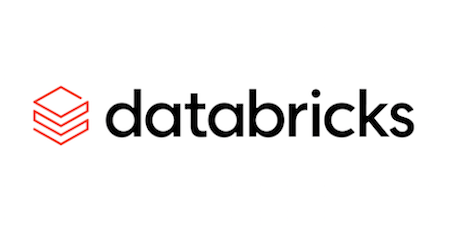Health IT and scientific support
We bridge the gap between health and technology—and we do it differently.
Our advanced technology solutions are informed by deep domain expertise in epidemiology, genomics and proteomics, health research, and more. We offer ways to enable interoperability across health IT systems, increase the availability and functionality of health data, and provide computational scientific tools for research discovery.
We provide the health IT and scientific support so you can focus on scientific discovery, patient care, and population health.

Translate big data into better health outcomes

Visualize health data with bioinformatics

Integrate and harmonize data and systems

Enable digital transformation

Leading the way to a healthier nation
We provide solutions for Medicare and Medicaid that safeguard against fraud, waste, and abuse (FWA), enable patient-centered policy transformation, and drive digital advancement—delivering the next stage of healthcare innovation.
Our services
Health IT
- Software development
- Data interoperability and systems integration
- Digital transformation
- High performance computing
- Scientific research platforms
- Health surveillance systems
- Policy and standards development
Data management
- Data coordinating centers
- Lab data exchange solutions
- Project management
- Software engineering
- Portal development
- Quality assurance
Life science and bioinformatics
- Data science and analytics
- Microarray analysis
- Genomic sequencing analysis
- Visualization tools
- Clinical genomics
Our work
Our insights
Our technology partners


Our experts
We deploy multi-disciplinary teams of health professionals and technologists to develop, integrate, and maintain some of the most critical health IT infrastructure that exists today.
Related industries, solutions, and services
